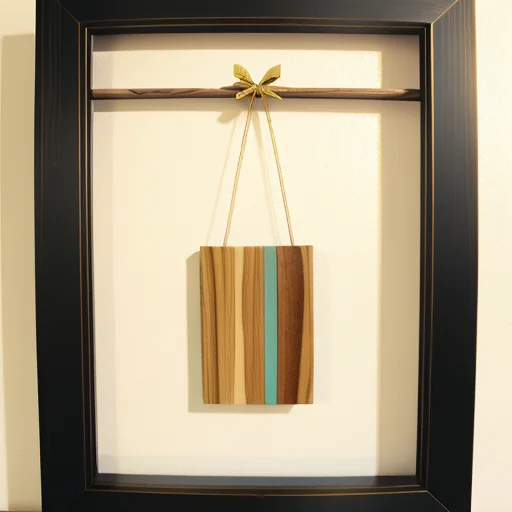As an Amazon Associate I earn from qualifying purchases.
Do you love the rustic, vintage charm of weathered barn wood? Want to incorporate that style into your home decor without spending a fortune on reclaimed timber? With some simple supplies and techniques, you can easily craft decorative paper to convincingly resemble aged, distressed wood planks. How can paper be made seem like wood?
Paper is an inexpensive, readily available, and eco-friendly material that with a little creativity can mimic the look of old barn siding, clapboard, and timber. This step-by-step tutorial covers everything you need to know for how to make paper look like wood?
Why Use Paper to Create the Look of Salvaged Wood?
Upcycling paper is a brilliant way to get the timeworn, rustic wood look for your crafts and decor rather than using actual reclaimed boards. Here are some of the benefits of crafting decorative accents from paper versus real timber:
More Sustainable
Paper is a renewable and recyclable resource made from trees. Utilizing recycled paper decreases waste and is more environmentally friendly compared to cutting down forests for wood. Making decor from paper allows you to create the wood look you love without depleting natural resources.
Lightweight & Easy to Work With
Even thin paper is far lighter than using solid wood. This makes paper wood projects much easier to craft, move, hang, transport, and rearrange. You don’t need heavy tools or hardware to work with and manipulate paper.
Cost Effective & Budget Friendly
Plain paper is extremely affordable and accessible. With just some paint and simple supplies from any craft store, you can mimic pricier rustic wood trims and accents at a fraction of the cost.
Customizable Style & Creative Versatility
Paper can be cut, folded, layered, painted, stained, and distressed to achieve just the right vintage vibe for your needs. You have total control over the color, amount of wear, and finish. Paper takes paint and color very well, allowing for lots of creative variations.
“I love using paper for DIY crafts. With just cheap acrylic paint and a few simple tools, I can create any rustic faux wood look I want from weathered gray barn wood to distressed red cedar without hurting my wallet or the environment.”
Jennifer B., DIY Enthusiast
Helpful Materials and Tools for Creating Faux Wood
Transforming plain paper into convincingly aged, wood planks is simple with materials you probably already have:
Paper
- Cardstock or poster board paper works best. Avoid flimsy lightweight paper.
- Use recyclable kraft paper or old books/documents for a more eco-friendly option.
- Create planks by cutting thicker paper or folding/layering thinner paper.
Paint
- Acrylic craft paint in various wood tones – light, medium and dark brown, tan, gray, black, white
- Matte or satin finish recommended for a subtler look
Wood Stain
- Liquid stains in assorted wood hues add extra depth
- Gel stains can create dramatic variation
Sponges & Rags
- Kitchen sponges, cosmetic wedges, cloth scraps
- For blotting and dabbing on grain texture
Brushes & Rollers
- Foam brushes, chip brushes, rag rollers
- For painting large surfaces
Distressing Tools
- Sandpaper, steel wool
- To rough up edges
- Scissors for snipping “cracks”
Finishing Sealant
- Polyurethane, spray matte sealer
- For protecting the finished wood look
Miscellaneous Supplies
- Wax paper, masking tape, rags
- Adhesives like Mod Podge, wood glue
Now that you know the basic supplies for turning paper into weathered wood planks, let’s go over how to prepare the paper for an authentic look.
Prepping and Texturing the Paper
To lay the foundation, start with paper that has some tooth or texture for the paint to grab onto. Smooth copier paper won’t yield the right effect on its own.
Here are some techniques to add dimensional woodgrain interest before painting:
Crumple and Uncrumple
Wad up the paper tightly, then flatten it back out. Repeat this crumpling and smoothing process over the entire surface to create creases and wrinkles that mimic the imperfections of real wood reclaimed from old barns and buildings.
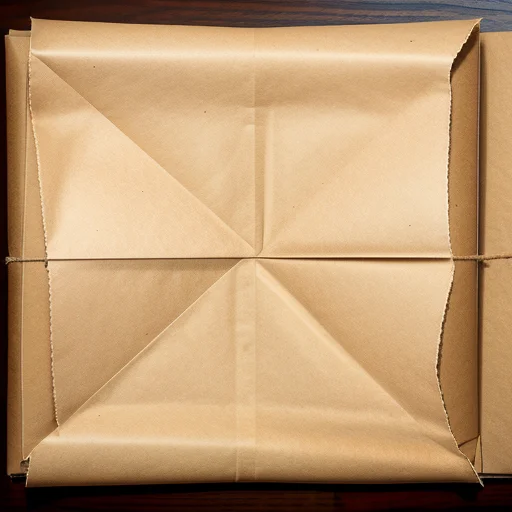
Layer and Tear
For thin paper like copy paper, consider folding and layering sheets to create thicker planks. Tear the edges for extra roughness and use adhesive to attach layers together.
Cut Clean Straight Edges
Thicker cardstock can be measured and sliced into neat planks using a metal ruler and X-Acto knife. Keep the edges very straight for a more refined faux wood trim.
Sand the Edges
Use medium grit sandpaper to smooth out rough edges on hand torn planks. Try lightly distressing the surface too. Avoid over-sanding which can flatten the texture.
Roll on Dents and Grooves
Use dowels, clay sculpting tools, pens, or other cylindrical objects to roll over the paper, indenting the surface with long lines that mimic wood grain.

Customizing the texture gives you a head start before painting so the colors and details really pop. Next let’s go over how to choose paints to convincingly mimic different wood species and finishes.
Selecting Paint Colors and Wood Stain
With the right color combinations of paint and stain, you can simulate various wood types, conditions, and levels of aging.
Base Layer – For most wood types, start with an overall base coat of rich brown, black, or charcoal gray paint. This deep color pops through cracks and crevices for depth.
Dry Brushing Layers – Dry brush lighter beige, gray, tan, light brown paint over the base. This highlights the texture and imitates actual wood grain.
Wood Stains – Consider applying stains between paint layers or over the top. Dark walnut or ebony stain can mimic mahogany or ebony woods. Lighter fruitwood and pine stains work for maple and oak looks.
Distressing – Use metallic gunmetal paints lightly over edges and cracks for a weatherworn patina. Keep it subtle.
White Accent Details – Dry brushing white acrylic paint or whitewash picks out individual grain patterns. Replicate aged barn siding by letting the dark base show through the thin white paint.
Clear Top Coat – For outdoor projects and further protection, seal the painted paper wood with clear enamel spray paint.
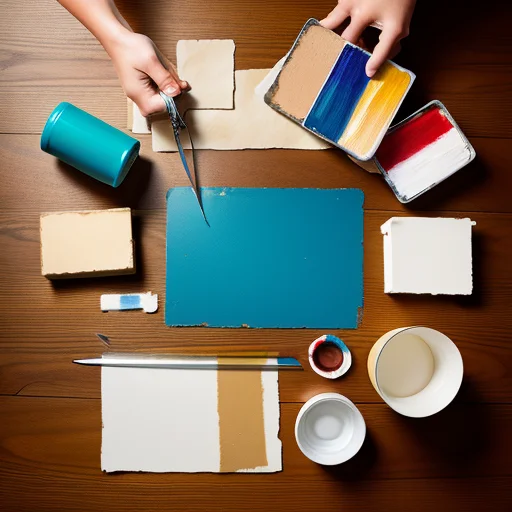
Don’t be afraid to experiment with combinations of colors and layers until you achieve your desired look, from a rich mahogany stain to a whitewashed coastal vibe.
Next we’ll explore step-by-step processes for painting the prepped paper for stunning, realistic outcomes.
Achieving a Realistic Painted Wood Look
Applying paint and stains using certain techniques is key to making paper convincingly resemble natural wood grain. Follow these suggestions for painting the surface:
Solid Base Coat Layer
Using a foam brush, apply an even solid layer of dark brown, black, or charcoal paint over the entire sheet of crumpled paper. Allow to dry fully. This deep base provides definition through cracks.
Dry Brush Layers
Use a dry stiff-bristle brush to sweep quick strokes of tan, gray, light brown over the dried base coat. This causes the darker paint to show through irregularly, mimicking wood grain.
Allow to dry before repeating with additional dry brush layers for more definition. Dry brush in different directions.
Dabbing and Blotting
For more texture, dab on some lighter paint with a foam wedge applicator, stiff sponge, or balled up cloth. Gently blot to create an uneven mottled effect.
Add Wood Stain Accents
Once the painted finish is complete, you can brush on gel or liquid wood stains for extra aging. Let them pool in indentations and soak into edges. Wipe most of the stain away for a subtle look.
Create Weathered Accents
Use gray and metallic paints to detail worn edges, holes, cracks, peeling sections. Look at real weathered wood for inspiration and mimic those distress patterns. Less is more here.
Seal the Finish
Optionally apply a matte spray acrylic sealer over the painted paper wood for protection. For outdoor projects, use exterior grade sealers.
With the right combination of prep, texture, base coats, dry brushing, dabbing, staining, and sealing, you can mimic almost any type of wood look imaginable on paper!
Up next we’ll cover specific techniques for artificially aging your faux wood paper to capture a convincingly weathered appearance.
Distressing Techniques for an Old, Worn Wood Look
To take your wood paper art to the next level, consider artificially distressing and weathering the pieces after painting for extra realism. Here are some simple techniques to mimic the natural aging effects that occur over decades of exposure:
Crumple and Flatten
Wrinkle and wad up areas of the painted paper, pressing in new dents and cracks, then re-flatten. This adds realistic wear and tear that breaks up the flat surface.
Sand Away Paint
Use fine or medium grit sandpaper, sanding blocks, or steel wool to gently wear away paint along the outer edges and raised sections of the paper wood. Aim for a smooth, natural look of worn grain.
Add Small Nicks and Splinters
With scissors or a craft knife, carefully snip tiny triangular tears and cracks in the paper to imitate missing chunks of wood and splintering.
Rub on Metallic Accents
Apply dark silver, bronze, copper, or gold acrylic paints lightly on edges and in cracks for an aged, weathered patina.
Stain the Distressed Areas
Use gel stain, wood marker, or thinned acrylic to stain the newly distressed areas like splinters, sanded sections, and cracks for a cohesive finished appearance.
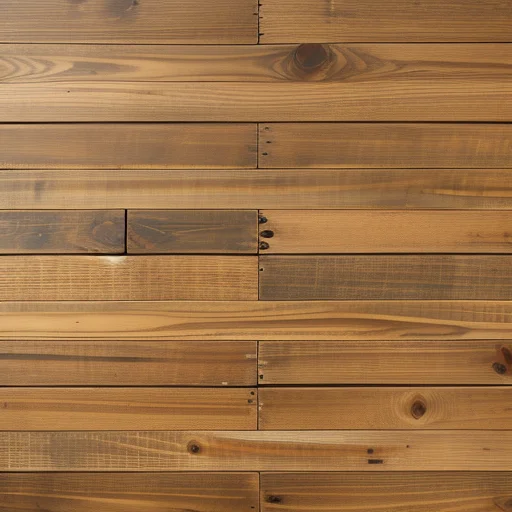
Avoid over-doing distressing. Subtle wear and tear paired with realistically textured paint creates the most convincing weathered wood finished on paper. distressing.
Now that you’ve transformed plain paper into beautifully faux painted, grained, and distressed wood planks, it’s time for the fun part – getting creative with projects to display your paper wood art.
Displaying Paper Wood Planks in Home Decor
One of the best parts of crafting faux wood planks out of simple paper is finding unique ways to show off your creations! Here are some inspiring ideas:
Framing Paper Wood Wall Art
Cut your faux painted planks to fit basic picture frames. Finish by mounting in the frames and hanging for an instant wall accent.
Tip: Choose frames with a simple profile. Avoid heavy ornate frames that would clash with the planks’ rustic vibe.
Crafting Paper Wood Centerpieces
Adhere paper strips into boxes, bowls, and platters to create one-of-a-kind rustic table centerpieces, fruit bowls, display trays, and more.
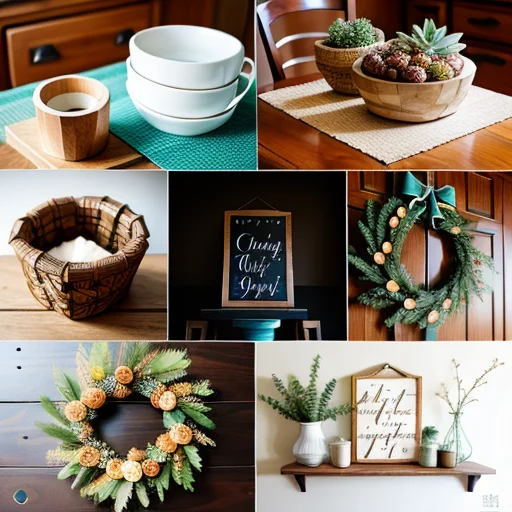
Tip: Coat the inside of vessels with polyurethane if needed to protect from moisture.
Embellishing Wreaths, Garlands, and Signs
Cut paper planks into smaller pieces to decoupage onto wreath forms, garlands, and wood signs as dimensional accents and textures.
Tip: Mod Podge over paper accents for durability before hanging outdoors.
Faux Wood Furniture Makeovers
For a quick furniture makeover, decoupage large paper planks onto dressers, chests, trays, lamp bases, and other solid furnishings. Leave edges overhanging for a distressed effect.
Tip: Adhere paper to furniture with strong wood glue or multi-surface adhesives for longevity.
The possibilities are endless for how you can turn your faux wood paper into amazing home decor objects, gifts, and crafts. Let your creativity run wild!
Expert Tips for Advanced Faux Woodworking Techniques
Looking to expand your faux woodworking skills using paper? Take your projects to the next level with these pro tips:
Use Textured Tools – Rub the paper with wood-grained texture tools or brushes to imprint ultra-realistic grain without painting.
Layer Paint Colors – Undercoat with several colors like gray, tan, walnut before dry brushing for extra dimension.
Try Stamping – Press wood grain rubber stamps into paint for a patterned effect.
Emboss for Depth – Run paper through an embosser with a wood grain pattern to raise the grain before painting or as a final step.
Tear Then Layer – Tear colored kraft paper into strips, brush on adhesive, and layer pieces to mimic parquet wood strip flooring.
Seal Thoroughly – Use multiple coats of polycrylic sealer on paper wood intended for heavy use and traffic.
Incorporate Real Wood – Affix thin veneers, craft sticks or toothpicks as accents for contrast.
Don’t be scared to get creative and even combine real reclaimed wood with painted paper accents to expand your woodworking skills and applications.
Next up, let’s go over frequently asked questions about working with faux paper wood.
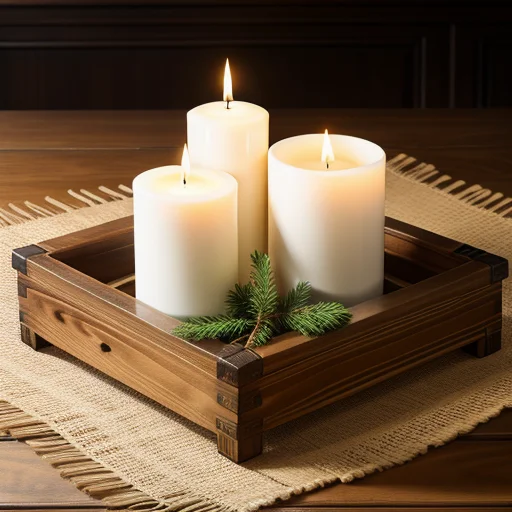
Frequently Asked Questions About Paper Wood Projects
Here are answers to some common reader questions about transforming and working with paper to create faux wood finishes:
What types of paint work best on paper?
Acrylic craft paint is ideal for painting paper to look like wood. It adheres well, dries fast, and provides vivid colors. Avoid slick poster paints.
Can I use wood stain instead of paint?
Yes, apply wood stains directly to textured paper using a rag or foam brush. Wipe away excess for a natural look. Top coat with polyurethane to seal.
What paper works best as a base?
Opt for cardstock, mixed media paper, or posterboard over thinner paper to avoid wrinkling. Harder drawing paper holds up better than soft watercolor paper as well.
How do I get a smooth, even paint finish?
Use foam brushes and mini foam rollers to apply acrylic paint smoothly on paper. Thin coats of paint look more realistic than thick, globby paint.
Should I seal my paper wood pieces?
Sealing is optional but recommended for enhanced durability and to prevent smearing or bleeding of paints and stains on paper over time with handling.
What sealer should I use?
Matte acrylic spray sealers work great for paper. For applications like tableware, opt for a durable polyurethane topcoat to resist moisture and abrasion.
Still have questions? Let us know in the comments! You can also learn How To Display Cutting Boards on kitchen Counter To enhance the beauty of your kitchen.
Quick Recap: How To Make Paper Look Like Wood
To quickly recap, here is an overview of the simple process:
- Prep the paper by crumpling, tearing, distressing for real wood texture
- Base coat with dark brown, black, or gray paint
- Dry brush lighter paint over base colors to make “grain”
- Stain and add accents for more depth and variation
- Distress painted surface with sanding, tearing, wrinkling
- Seal faux wood paper for protection (optional)
- Craft stunning projects using your realistic paper wood!
How To Make Paper Look Like Wood? Hopefully, you found your answer.
Get Inspired! More Ideas for Paper Wood Crafts
Looking for additional ways to use faux painted paper planks for décor and crafting? Here are more suggestions:
- Picture mats and frames
- Tray signs with painted sayings
- Faux reclaimed wood placemats
- Canvas wall art accents
- Bookmarks and gift tags
- Charger plates for centerpieces
- Crafted ornaments and garlands
- Backdrops for displays
As an Amazon Associate I earn from qualifying purchases.

